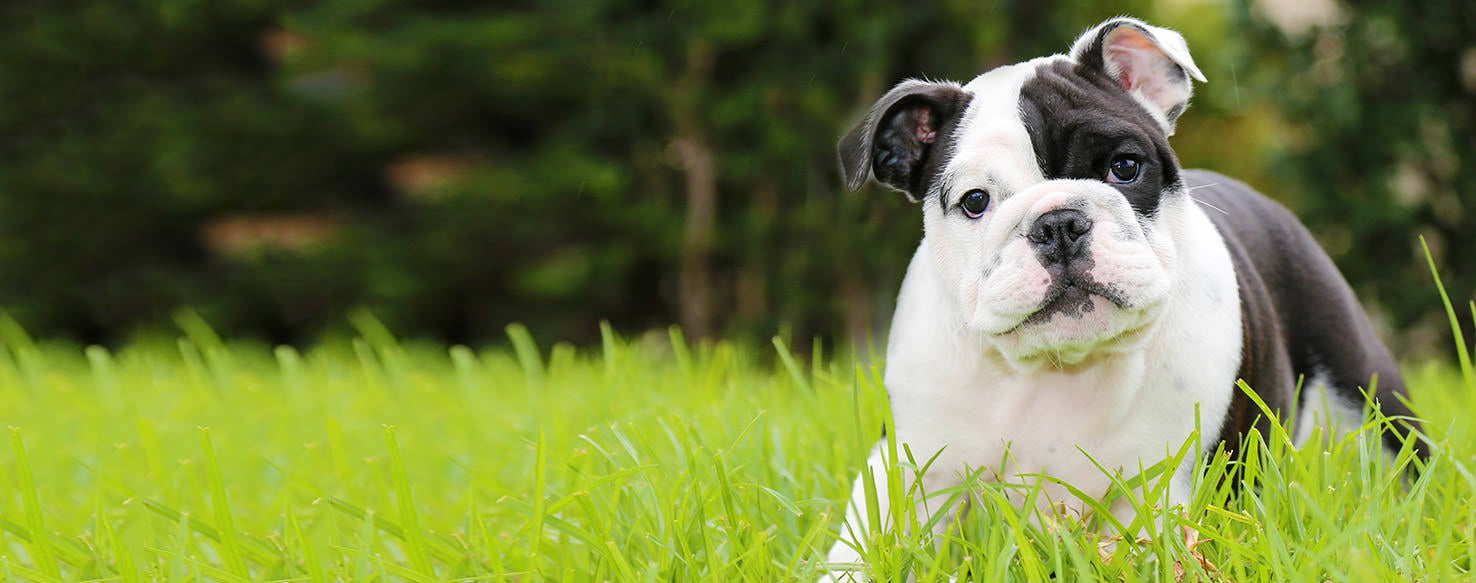
By Mel Lee-Smith
Published: 09/18/2020, edited: 08/10/2021
Save on pet insurance for your pet
You don't have to choose between your pet and your wallet when it comes to expensive vet visits. Prepare ahead of time for unexpected vet bills by finding the pawfect pet insurance.
- Find a healthy treat your dog likes. The food must be appealing to your dog since it’s placement will guide your dog’s behavior. You may substitute treats with a plush or toy your pup likes if your pooch isn’t food-driven.
- To encourage your dog to sit, hold the treat over the back of your dog’s head, and say “sit.” Your dog may try to turn around or jump up to get the treat but tuck it into your hand. Wait until your dog completely sits on the floor before rewarding them.
- After a few successful repetitions with the treats, make the same over-head motion and command without a treat in hand. After your dog, assumes the sitting position, reach for a treat and give it to them.
- With consistent training, your dog will start to respond to the “sit” command without treats or hand gestures.
- Food-lure training can be used for a variety of commands, just use the lure to guide your pup in the desired manner. When working on “lay down,” hold the treat in your palm, with your fingers facing the floor. Once your pup is flat on their tummy, release the treat and praise them.
- If you want your dog to heel, say “heel” while holding the treat at your waist. Wait for Fido to settle down in the sitting position beside you to release the treat.
- Clicker training follows many of the same principles as food lure training. Clickers are devices meant to highlight acceptable behaviors with a clicking noise. This tool is often more effective than verbal praise because it's an instant response, so there’s no confusion about which action is being rewarded. Food lure and clicker training go hand and hand since most trainers use the “click and treat” method to mark and reward desirable conduct.
- Start with a basic command like “sit,” “down,” “stay,” or “come.” Lead your dog into the desired position using a treat or toy as a lure.
- As soon as your dog completes the desired action “click” and treat them, you may also praise them verbally and with pets to reiterate the praise.
- After several repetitions over a few days or weeks, you can phase out the treats and only use the clicker to reward positive behavior.
- Crate training helps minimize destructive tendencies and accidents in the house, though it won’t help you teach your dog commands.
- It’s vital that your dog views their crate as a safe place and not a place of punishment. The idea of crate training is to prevent soiling in the house and eliminate behaviors caused by separation anxiety. Leaving your dog in a crate for prolonged periods won’t teach your puppy anything and will likely worsen accidents since their bladders are small and unable to hold their urine for long.
- First, start by introducing your puppy to the crate. Try to make it cozy with some blankets (preferably ones that smell like you), toys, and a water dish. It may be helpful to give your dog some treats or a new toy when getting them acclimating them to the crate to forge a positive association.
- Encourage your dog to "sniff out" their enclosure and lay down inside with the door open. Don’t force your puppy into the kennel since this can instill fear.
- After your pup is comfortable in their new spot, try leaving them in the crate with the door closed for 5, 10, and 15-minute intervals, praising them and taking them out to potty as soon as they exit the cage.
- Make sure you take your pup straight out to potty after removing them from the kennel; this will create a schedule and let your dog know what you expect of them. If your pooch potties outside after leaving the crate, treat and praise them enthusiastically.
- Gradually increase increments of time your pup spends in the kennel to a maximum of 3-4 hours. Remember, puppies cannot hold their waste as long as older dogs.
- Always take your dog to potty before putting them in the cage to minimize accidents.

